Dunfermline is a charming town that offers a glimpse into Scotland’s past while providing modern amenities. One of the town’s top attractions is Dunfermline Abbey and Palace, which dates back to the 12th century. The Andrew Carnegie Museum is also worth a visit. It pays tribute to the town’s most famous son, Andrew Carnegie, the Scottish-American industrialist and philanthropist.
And for a beautiful green oasis, Pittencrieff Park offers a peaceful escape from the hustle and bustle of everyday life, with lush greenery, lovely ponds and stunning views. Dunfermline is also a golfer’s paradise, with several world-class courses.
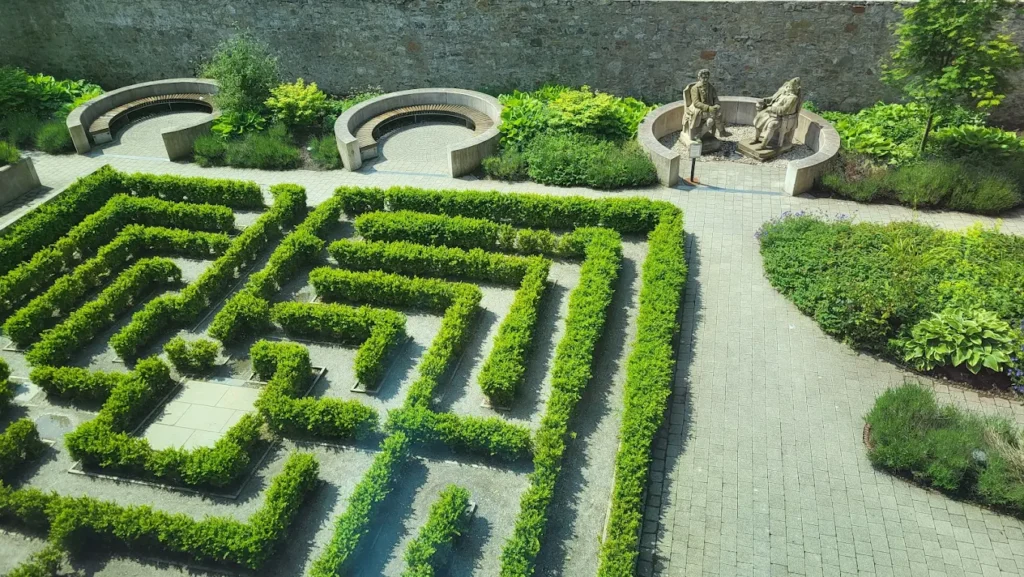
Location
Dunfermline is a large town in Fife, Scotland, located about 17 miles northwest of Edinburgh and about 425 miles north of London.
Dunfermline Abbey
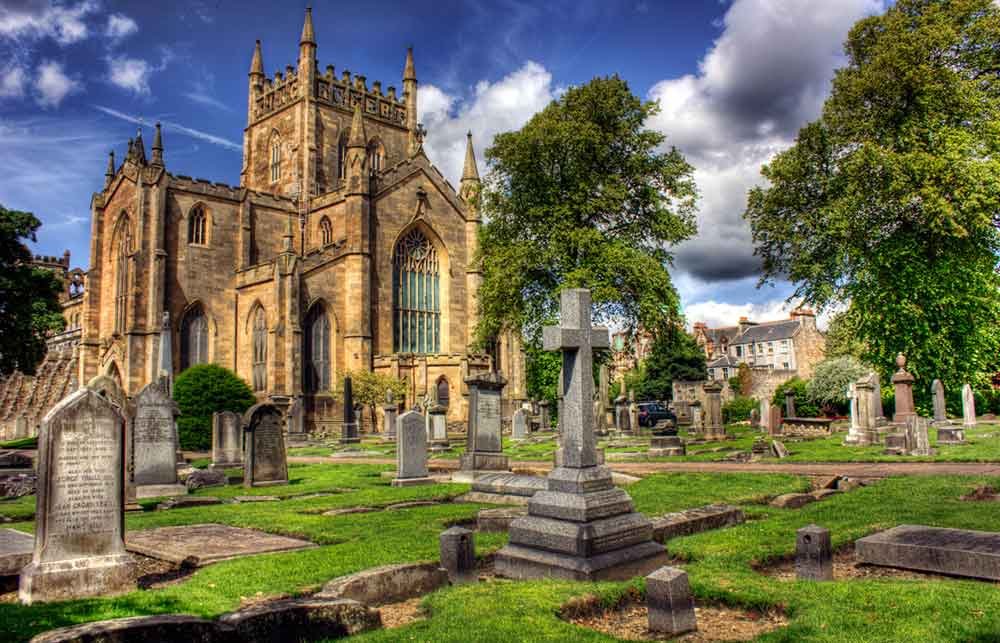
Dunfermline Palace and Abbey are the remains of a great Benedictine abbey founded by Queen Margaret in the 11th century. Dunfermline Palace and Refectory are currently closed, but the abbey nave and shop are open.
The abbey complex encompasses the ruins of a palace built by King James VI in the 16th century, which became home to his queen, Anna of Denmark. After the couple’s departure for London, royal interest in Dunfermline waned but the ruins of the abbey’s neighboring palace still make for an interesting discovery. This was the birthplace of Charles I, the last monarch born in Scotland.
Pittencrieff Park
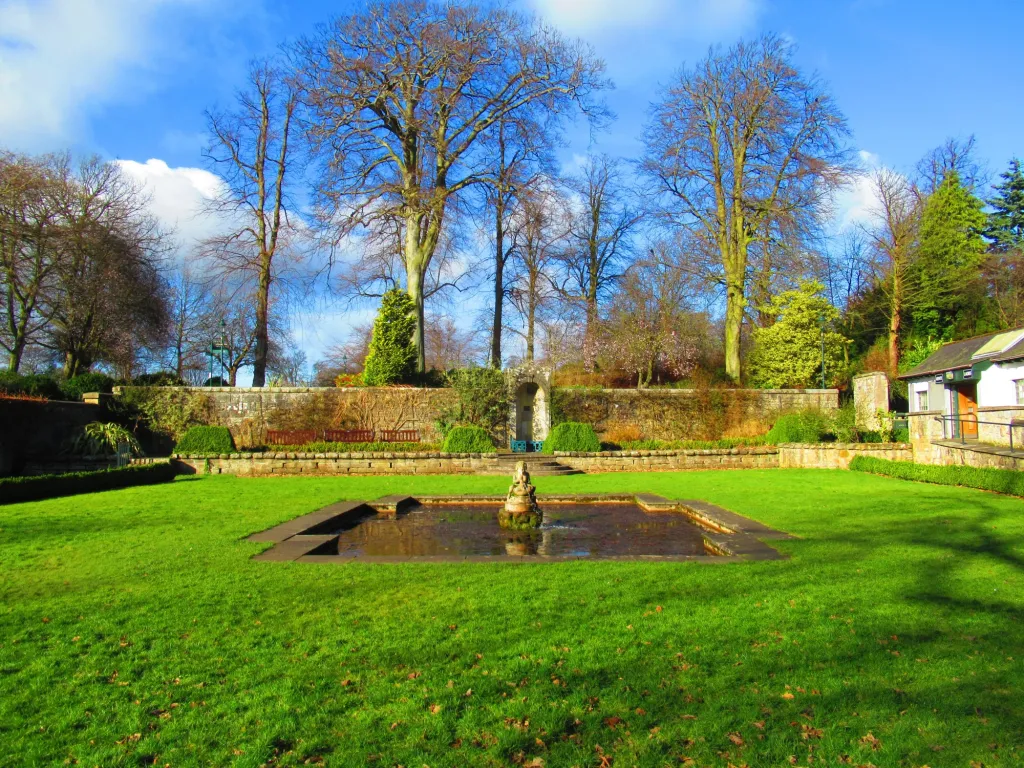
Pittencrieff Park is a public park in Dunfermline. Its grounds include a historically significant and topologically rugged gorge that interrupts the centre of Dunfermline and is considered a heritage site for the area. The park is huge with a variety of beautiful trees, and different paths and walkways. The park was rich in colour.
Andrew Carnegie Birthplace Museum
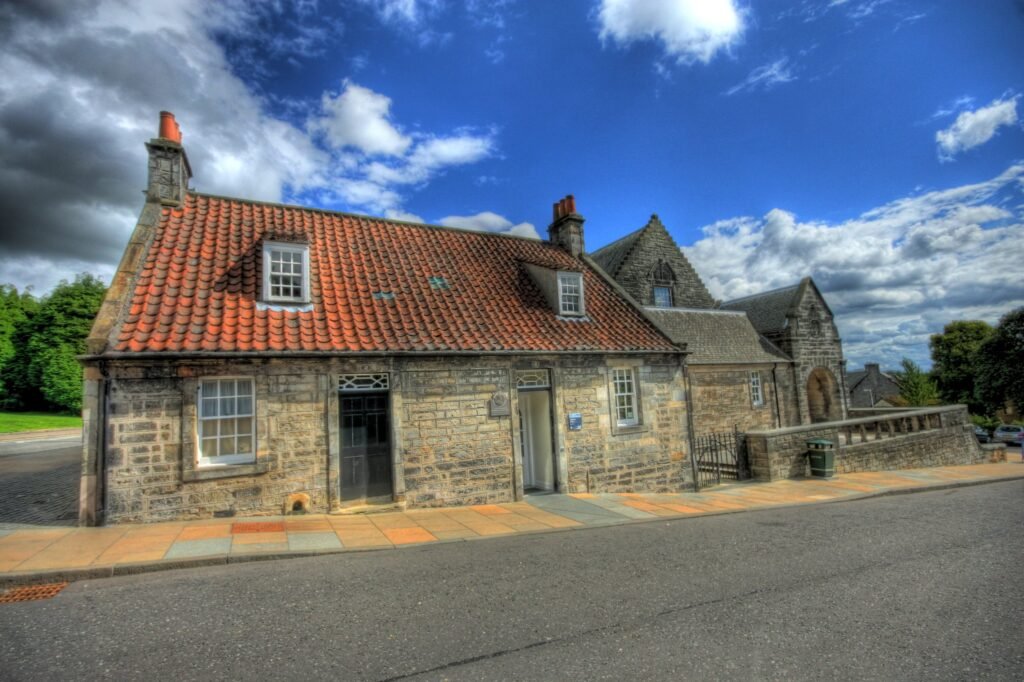
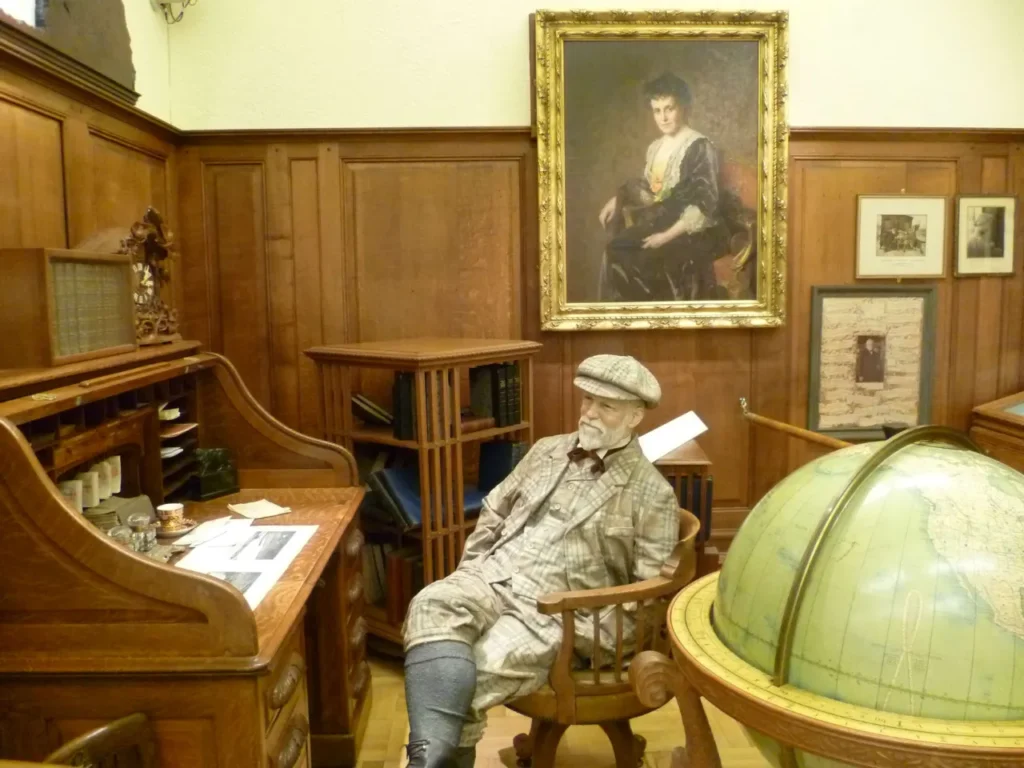
The Andrew Carnegie Birthplace Museum in Dunfermline consists of a large exhibition hall championing the life of the founder of modern philanthropy, adjoined to the weavers’ cottage in which he was born in 1835. Visitors start in the cottage – where exhibits introduce Carnegie’s humble upbringing, family life and education – before moving to the main museum which charts his adult life, increasing wealth, benefactions and legacy.
Dunfermline Carnegie Library & Galleries
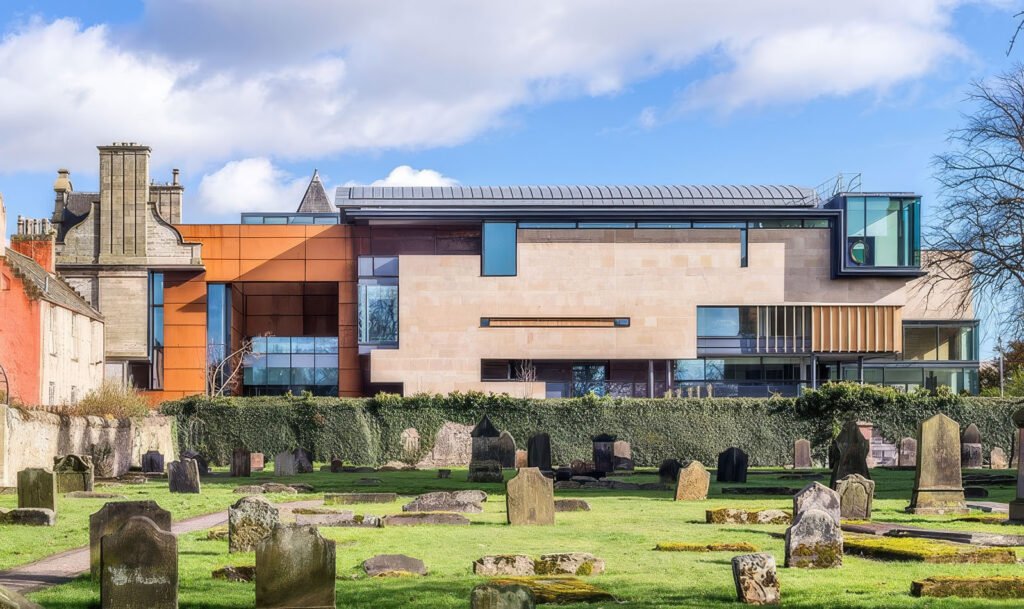
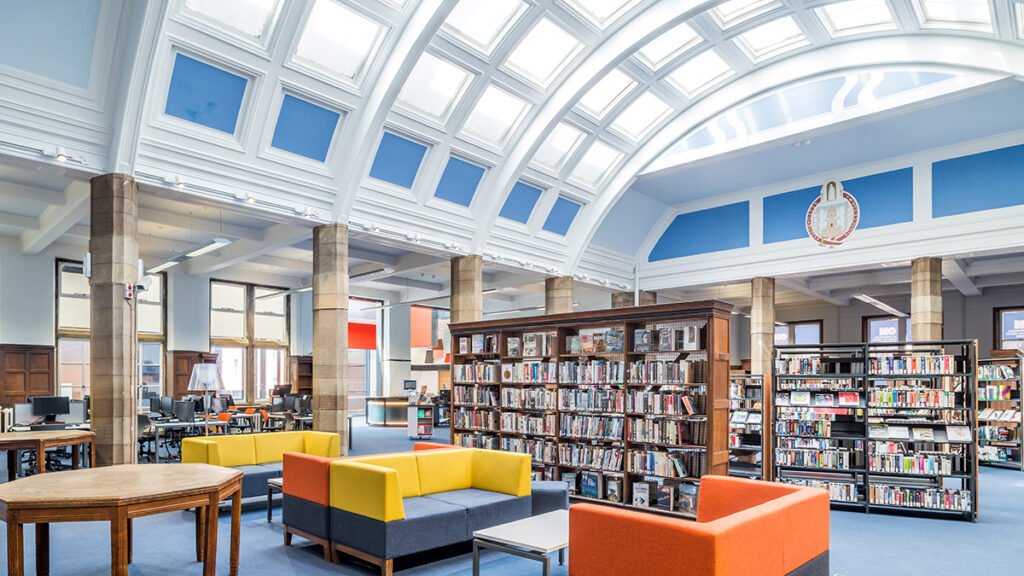

This cultural center was born in association with the Carnegie Library, the first in the world to have been opened by the philanthropist Andrew Carnegie, a native of the area. It therefore has a library, but also a free museum equipped with large exhibition rooms where the themes are regularly renewed, a library dedicated to children and adapted to families, and a friendly café with a breathtaking view of Dunfermline Abbey.
Abbot House
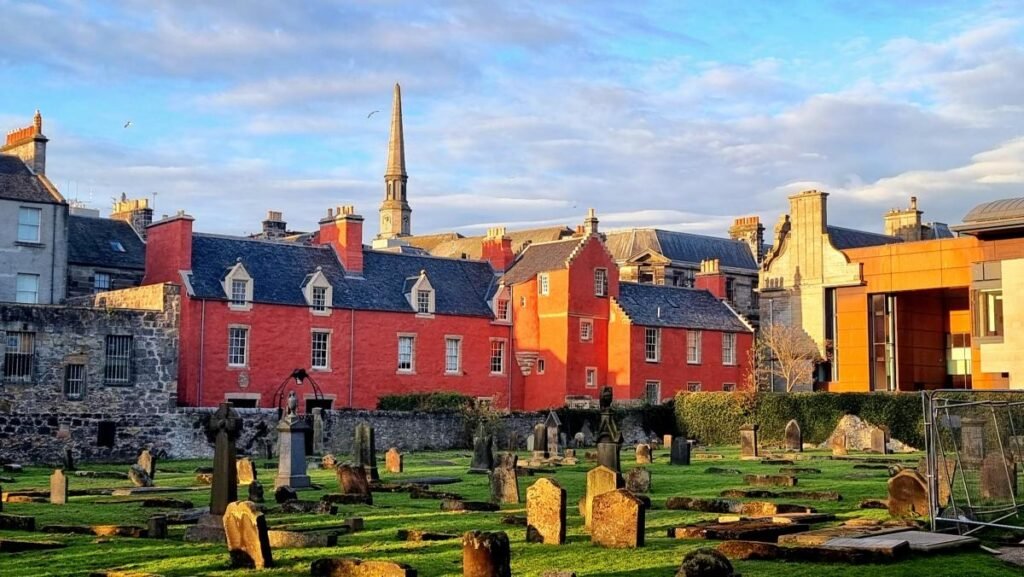
Abbot House is a beautiful 16thcentury building situated in Dunfermline’s heritage quarter. It’s distinctive pink colour and medieval architecture makes it a real focal point of the historic Maygate area. The house has had many practical uses over the centuries from iron forgery to bakery to residence to doctor’s surgery, adapting to reflect the needs of the evolving community around it.
Carnegie Hall
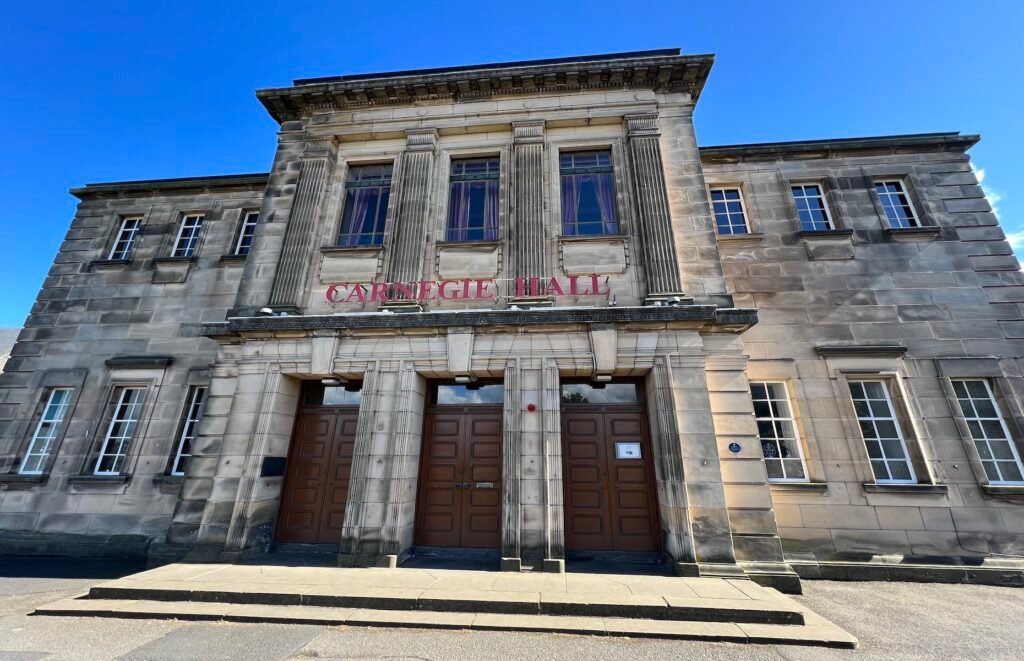
Situated at the heart of Dunfermline, Carnegie Hall is an attractive theater which presents a quality program of music, drama, comedy, dance and children’s shows.
The theater supports and hosts local arts organizations, including Carnegie Youth Theatre, Kelty and Rosyth Musical Societies and several popular dance schools.Adjacent to Carnegie Hall, the Music Institute welcomes workshops, classes and children’s groups.
